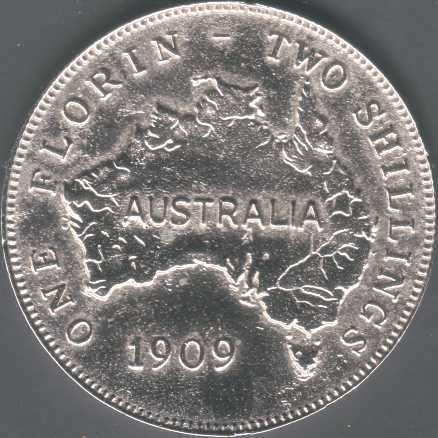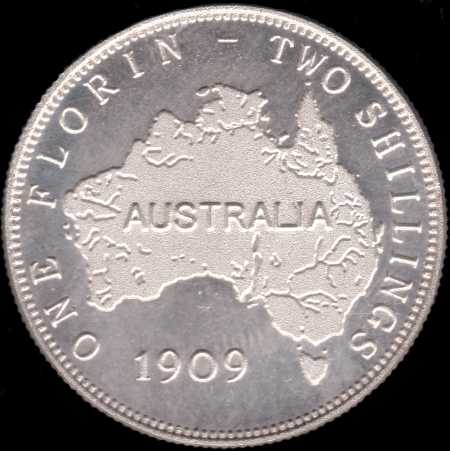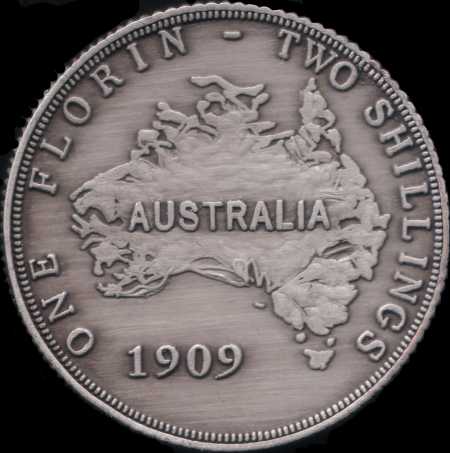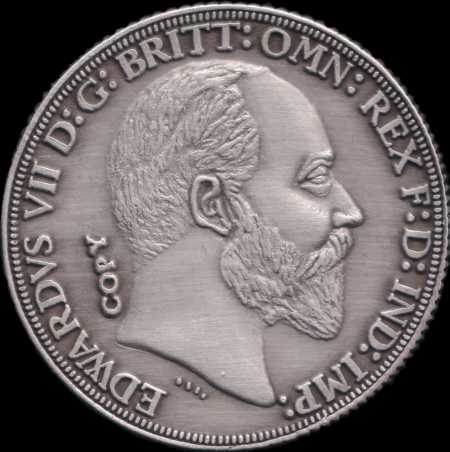
156 rim denticles.
|
|
|
Designation |
F09L |
|
Mint |
London |
|
Mint mark |
None |
|
Mintage |
1 |
156 rim denticles on reverse. Legend has flat-base lettering.
The die for this coin was prepared by the Royal Mint and one uniface trial piece
was struck. The trial piece and the die are still in the possession of the Royal
Mint. From the trial specimen two electrotypes were made, one for the Royal Australian
Mint and one for the New South Wales Museum of Applied Science (now the Powerhouse
Museum). One of those electrotypes was stolen from the Museum of Applied Science
by David Gee in about 1970 and used to make a die. Later, Gee was able to steal
a Sydney Mint Edward VII £2 obverse die from the Dixson Collection held by
the NSW State Library and alter it to form an obverse for two double-sided counterfeit
1909 florins. The item pictured below is not one of those, it is a cast, possibly
used as a substitute for the stolen electrotype.
 |
F09L 156 rim denticles. |
Between the time he procured the electrotype and when he was able to acquire the £2 obverse, Gee struck a uniface trial piece.
 |
Counterfeit uniface trial struck on a thin planchet. According to Gee, the die made from the stolen electrotype wasn't good enough
so he had it retooled (touched up) before this piece was struck. |
For the full story, see item 18 in the bibliography.
In 2005 the Perth Mint struck a dollar-sized replica of the 1909 pattern for the Cook Islands. A collector's set produced in 2008 included that coin along with a similarly sized replica of the 1910 florin and "actual size" replicas with obverses. The latter coins are in base metal and are slightly smaller than the coins they represent (diameter 28 mm instead of 28.5 mm).

|
Replica 1909 florin struck in 2005 by the Perth Mint for the Cook Islands.
Diameter: 40 mm
|

| A highly stylised base metal replica, slightly smaller than a genuine coin. |

|
Obverse of the base metal replica with the de Saulles portrait of Edward VII. |
Some information for this page was provided by Mark Duff of Strand Coins in Sydney.